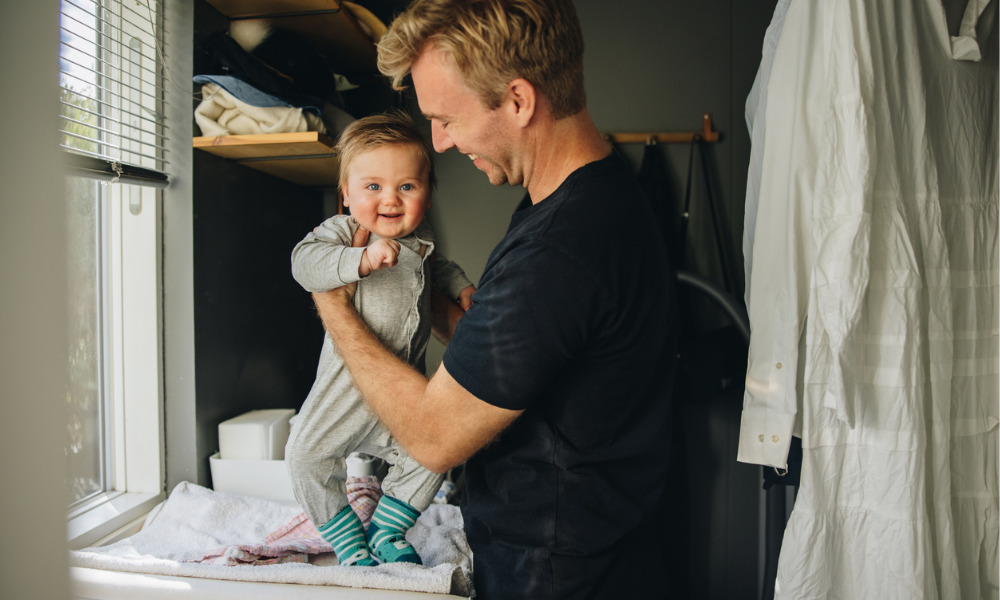
Learn about the federal government’s plans for 2023 and upcoming changes

Last week, during his speech for the government’s budget for 2022-23, Federal Treasurer Josh Frydenberg announced upcoming proposals that would significantly affect businesses. Potential changes cover employees’ benefits and entitlements, including the paid parental leave (PPL) scheme.
HRD encourages employers and businesses to stay informed and aware of the federal government’s plans so they can update their respective policies accordingly. “We will expand eligibility and provide working families with full flexibility and greater choice,” Frydenberg said.
Two existing entitlements would be merged: the 18 weeks paid parental leave for primary carers and the two weeks paid for secondary carers. Both are payable at a rate based on the national minimum wage.
“The new arrangement will create a single entitlement to 20 weeks paid parental leave, which families can divide between parents as they see fit. Single parents will also receive the benefit of 20 weeks paid parental leave,” Victorian Chamber of Commerce and Industry (VCCI) said in a media release.
“It’s important to note the current scheme does not create a new entitlement to leave, merely the right to payment from the government at a rate based on the minimum wage while taking some other type of paid or unpaid leave, such as paid maternity leave under an employer policy, annual leave, or unpaid parental leave under the Fair Work Act 2009,” VCCI added.
The proposed changes “won’t be introduced until 1 March 2023 at the latest.”
“The key takeaway for employers is to monitor these changes but understand that no specific action is needed just yet,” VCCI said.
Both parents of a newborn or newly adopted child would be eligible.
“We expect the current work and residency tests will continue to apply, but changes have been announced to the income test. Single parents will also be eligible to receive the 20-week entitlement, up from 18 weeks currently,” VCCI said.
At present, mothers who earn up to $151,350 can access parental leave even if their partner earns a high income. Meanwhile, a family with a mother who earns more than $151,350 is not entitled to parental leave pay even if their partner earns a low or no income.
The new $350,000 threshold addresses the inconsistency by applying a “household-wide income test.”
“For now, the short answer is nothing,” VCCI said, since the new scheme will be implemented next year. “However, as with any proposed change, this would be a good time for [employers to] review [their] PPL policies and arrangements to ensure they remain compliant and understand what [they] might need to change when the proposed changes are introduced,” VCCI said.
According to the budget papers, the government’s objectives for the proposals aim to “reflect the needs of today’s families; reduce complexity for working families; and promote equality between mothers and fathers.”
The government also seeks to “empower families to make their own decisions without being restricted by definitions of primary and secondary carer.”